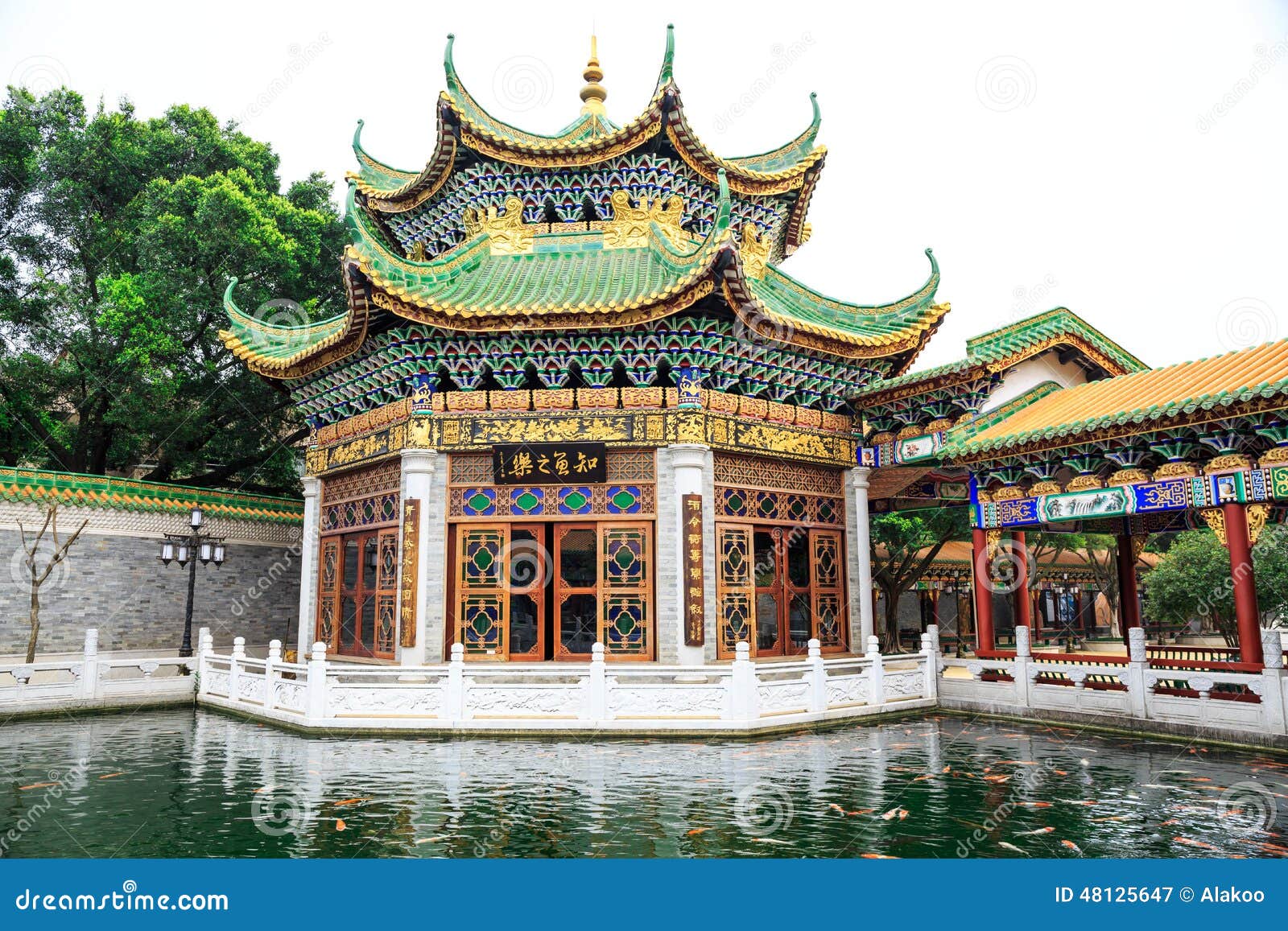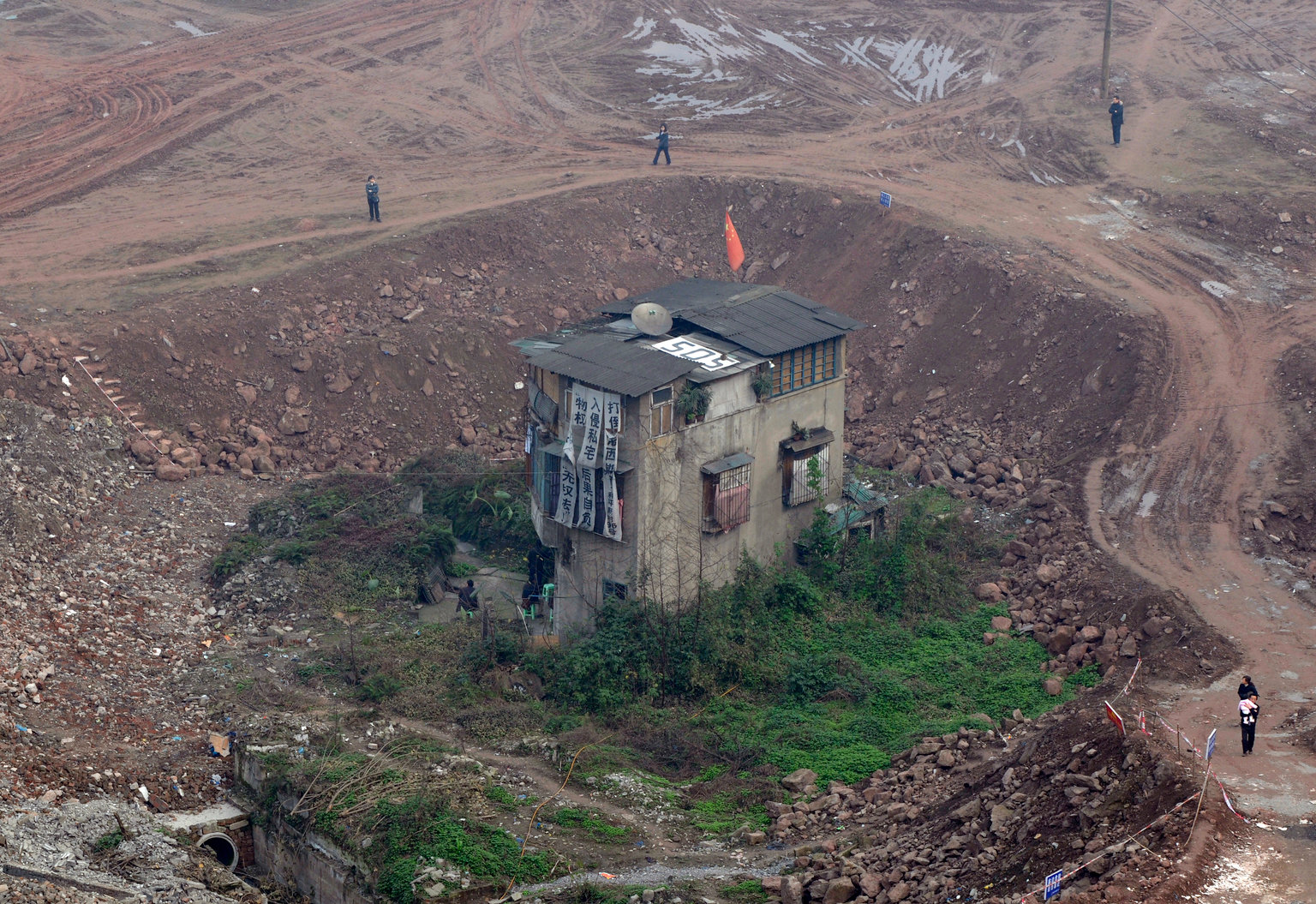Table Of Content

The act of March 3, 1797, which granted John Adams funds to furnish the President’s House, also allowed him to sell things that were worn out, out of style, or unusable. The proceeds could be put towards a so-called “furniture fund,” and the sales, often in the form of a public auction, gave the public a chance to buy the White House furnishings acquired with public funds. Chinese architecture in reference to their houses has changed a lot throughout history, more so than we have been in the last century.
炸蟹棒 C 4. Fried Crabmeat Stick (
U.S. House Passes Bill That Could Ban TikTok - The New York Times
U.S. House Passes Bill That Could Ban TikTok.
Posted: Wed, 13 Mar 2024 07:00:00 GMT [source]
Small wonder that the citizens have considered the President’s House their own and have taken such a great interest in its furnishings. It is only since the 1960s that private donations have substantially influenced the style in which the house is furnished. As housing they were small courtyard houses arranged in a row, facing south, with one or two main alleys that served as shops and shops. They had a stone façade at the entrance to the neighborhood, and other secondary alleys that were for domestic, semi-private use. Pieces of the state services ordered by Presidents Woodrow Wilson, Franklin D. Roosevelt, and Harry S. Truman were added to the White House China Collection as soon as they were received at the White House.
Chef's Specials
The majority of the Chinese population of cities now live in flats of large apartments or skyscrapers, like most of us. At first glance it seems that these houses are going to fall as they are supported by simple wooden columns. The ground floor is usually used as a warehouse, while the second and third floors are for the inhabitants of the house and their families. Diaojiaolou are ancient Chinese houses built by the Miao minority in southwestern China. They are usually built of wood near mountains and rivers, usually with an extended floor space. The Loess plateau has a fertile clay soil, which makes it very useful for both cultivation and digging.

A Tour of the White House
Following the renovation of the White House in the spring of 1952, the chinaware of the presidents was reinstalled in new cabinets in the same China Room. Beginning with the day President John Adams first moved into the new house at 1600 Pennsylvania Avenue, the fortunate few invited to dine have shared their impressions with family, friends, and neighbors back home. Because hospitality is so bound up in ceremonial eating and drinking, such accounts often include some description of the type of food served and the manner and ware in which it is presented. This interest in food and the dishes of the Executive Mansion has been an inspiration for the formal collection of the White House china itself. The family rooms are arranged vertically and all face the large inner courtyard, which is usually round or rectangular. The Fujian Tulou are traditional dwellings from southwest China built by the Hakka minority.
炸蟹角 B6. Fried Crab Rangoon Wonton (
There are countless types of traditional Chinese houses, both old and new and modern models. Virtually every province and region of the country has different old Chinese houses. In this article I will try to summarize the most famous and typical Chinese traditional houses of the country. The early editions of this book were confined to a study of china purchased specifically for the President’s House.
Abby Gunn Baker’s association with the collection continued until her death in 1923. She publicized the search in the public press, descendants of the presidents were contacted, and contributions were sought openly. Nothing was to be bought, for Mrs. Roosevelt’s instructions were that pieces must be either given or loaned. In an effort to form a collection representing every administration, Mrs. Baker and Mrs. Roosevelt accepted china that was privately owned by the earlier presidents as well as that purchased with government funds. Mrs. Roosevelt had the collection designated official government property and placed with other White House furnishings under the care of the commissioner of public buildings and grounds to ensure that it would be a permanent feature at the White House. This was the beginning of the collection displayed in the China Room at the White House today.
Biden and Kishida forge new partnership, eyeing China and Russia - Reuters
Biden and Kishida forge new partnership, eyeing China and Russia.
Posted: Wed, 10 Apr 2024 07:00:00 GMT [source]
The interest of the Smithsonian Institution in presidential china began with pieces of china acquired by the Institution in collections of presidential memorabilia. In 1955, this china was exhibited for the first time as a collection in the then newly renovated First Ladies’ Hall in the Smithsonian Institution’s Arts and Industries Building. The information gathered also proved valuable when Mrs. Eisenhower wished to improve the exhibition of the china collection at the White House.
He says he’s a self-proclaimed promoter for people raising families in the Valley, and is proud of his own experience doing so. The inner courtyard of the tulou may be “empty” or full of other smaller communal buildings. Chinese Yaodong houses protect from both cold and heat when they are underground. In the north there are villages where there are only Yaodong cave houses, which are very attractive for tourism.
炸蟹棒 B17. Fried Crab Meat Sticks (
The Lilong appeared as a response to the increase in Shanghai’s population in the mid-19th century (as a result of people fleeing the Taiping Rebellion). In the end the house used to have a small sanctuary dedicated to the family ancestors. The larger the family, the larger the courtyard house, which could be enlarged by building more courtyards and rooms as the family grew. Some have nothing to do with the typical Chinese traditional house, an example of this are the Tulou of which we will talk later.
For the earlier administrations, both the miscellaneous china purchased for general household use and the formal services are listed in some detail in this study, but as soon as the pattern of purchase becomes clear, repetitious details are no longer included. The term “state china” is used to refer to a banquet service purchased for use on state occasions, such as the formal dinners given for members of Congress, foreign diplomats, and heads of states, and any other occasion which calls for a formal meal served in courses. Early in 1955, President and Mrs. Dwight D. Eisenhower and First Lady Mamie Eisenhower selected a set of handsome service plates with a wide gold rim that could be used with any of the other state dinner services. It was the addition of these plates to the china collection and Mrs. Eisenhower’s own love of beautiful china which prompted her great interest in the collection. With the assistance of the Smithsonian Institution, all of the pieces in the White House china collection were carefully examined in 1957, and many of them were relabeled on the basis of research done by the Smithsonian staff. Abby Gunn Baker, a journalist and amateur historian, was asked by Colonel Theodore Bingham, the man in charge of public buildings and grounds during the McKinley administration, to write an article on presidential china.
With this edition we have added additional references to privately owned china—each of which has a particular reason for being included. By the beginning of the Wilson administration, the collection had grown to fill four small cabinets in the downstairs corridor. First Lady Ellen Wilson suggested renovating a Ground Floor room to permanently display the collection, but her death soon after delayed implementation until 1916–17, when the China Room plans were executed with the support of President Wilson’s second wife, Edith. Orange print indicates hot and spicy.Any dish may be ordered hot and spicy.We do not use MSG. Sun is fond of talking about employees he’s worked with over the years, and is especially fond of talking about his three children.
Mrs. Baker was deeply involved in the acquisition and preservation of White House China until her death in 1923. The White House staff and first families who sold china apparently did not see the historical importance of the collection, and the proceeds of the sale were likely more important to them than the china itself. It is now known that the china was personally collected at the auctions by White House staff members, and pieces of presidential china turn up with great frequency in the presidential house museums throughout the country. In addition to a state service, the first lady often purchased less elegant china out of public funds for everyday use. Sometimes the only clue to distinguish between the state china and the less formal china is the number of pieces listed and the price paid for the china.
He said the closure is difficult and prompted him and his wife to take a Mexican cruise, a vacation after a career that hasn’t allowed for many.
At her request, curator at the Smithsonian Institution, Margaret Klapthor, spent several weeks at the White House helping to identify and arrange the pieces in the collection. In return, the White House agreed to lend to the Smithsonian Institution pieces of state services not then represented in the museum collection. In making an inventory in 1901 he found comparatively little china left in the house from previous administrations. Before his appointment, Bingham had served as a military aide in the American embassies in Berlin and Rome, where he was impressed with the care given to royal palaces and their furnishings, and he felt such care was lacking at the White House. During the summer of 1901, Bingham expressed his feelings to Abby Gunn Baker, a journalist who specialized in historical subjects.

No comments:
Post a Comment